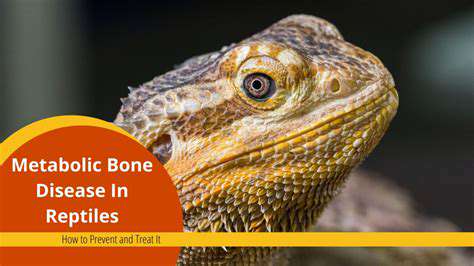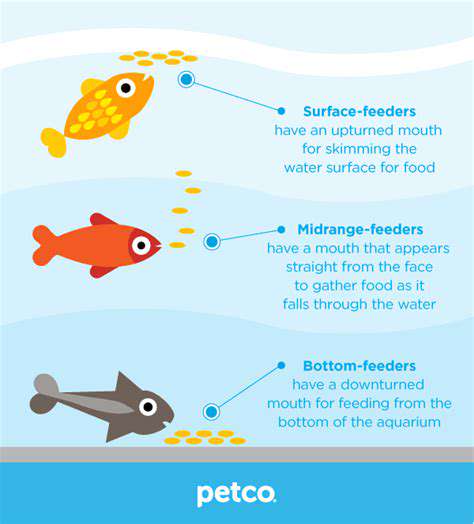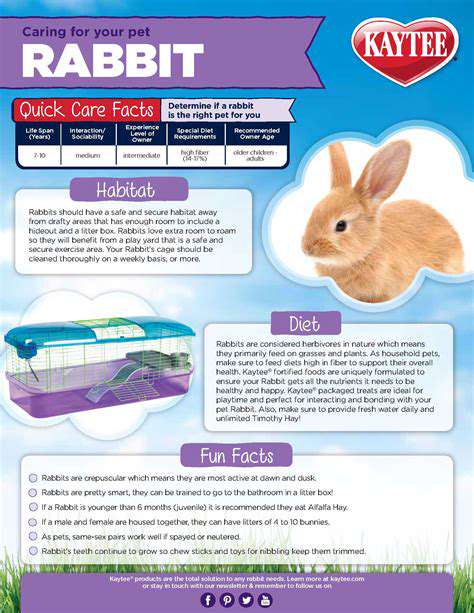How to Help Animals After a Disaster
Identifying Animal Casualties
A crucial initial step is to systematically survey the affected area to identify animals who have been injured or killed. This can be a challenging and emotionally taxing process, but it's essential for prioritizing immediate needs. Look for signs of trauma, such as broken bones, visible wounds, or labored breathing. Remember to prioritize your own safety when assessing the situation, as many injured animals may be agitated or unpredictable.
Documenting the number and types of animals affected is critical for effective resource allocation and long-term recovery efforts. This includes categorizing animals by species, age, and apparent condition. Detailed records will allow relief organizations to better understand the scale of the disaster and tailor their interventions accordingly.
Securing Immediate Shelter and Care
Animals in immediate danger need shelter, protection, and potentially veterinary care. This might involve providing temporary shelter in secure locations, such as barns, stables, or even large tents. Prioritize animals with obvious injuries, especially those who are unable to fend for themselves. Ensuring that the shelter is appropriately equipped with food and water is paramount.
Assess the existing resources in the affected area. Working with local shelters or animal rescue organizations can be a vital step to ensure that available resources are utilized efficiently. Coordination with these groups will streamline the process of providing care and support to the animals.
Establishing Safe Zones
Creating safe zones for animals is crucial for their safety and well-being during and after a disaster. These zones should be secured from further harm and offer the necessary protection and support that animals need. This could include securing a perimeter to prevent further animal movement or displacement, especially if the disaster involved dangerous elements, like floods or wildfires.
Consider the specific needs of different animal species when establishing safe zones. Some animals might require specific environmental conditions, such as access to water sources, or a different type of shelter. Understanding these variations will lead to a more effective and well-rounded response.
Providing Essential Resources
Immediate access to food, water, and essential medical supplies is critical for animal survival. This involves establishing feeding stations and ensuring that clean, fresh water is readily available to all animals in need. This is especially important for vulnerable animals like young ones and injured ones, who may require specialized care.
Assessing the availability of existing resources is a vital component of this stage. If possible, collect and stock up on essential supplies, such as food, water, blankets, and basic medical supplies. Collaboration with local organizations and individuals is essential for achieving a more comprehensive and effective response.
Coordinating with Rescue Teams
Contacting and coordinating with animal rescue teams is crucial for a structured and effective response. These teams possess the expertise and resources to facilitate the rescue and subsequent care of animals. Working with them ensures that the animals receive the best possible care and that the rescue effort is well-organized.
Communicating with Local Authorities
Informing local authorities about the animal casualties and needs is essential. This includes notifying animal control, emergency services, or relevant government agencies. This communication helps ensure that the needs of the animals are acknowledged and addressed within a broader disaster response plan. It can also help to facilitate the coordination of resources and support from different organizations.
Evaluating the Long-Term Impact
While immediate needs are paramount, it's essential to consider the long-term implications for the affected animals. This involves assessing the long-term impact of the disaster on the animals' well-being, including potential psychological trauma and long-term health issues. A thorough assessment of the environmental impact on animal habitats is also critical to ensure the long-term sustainability of the affected populations.
Read more about How to Help Animals After a Disaster
Hot Recommendations
- Review: [Specific Brand] Small Animal Cage
- Why Rescuing Pets Saves Lives
- Best Pet First Aid Kits [What to Include]
- How to Help Stray Animals in Your Community
- Guide to Adopting a Pet When You Have Kids
- Top Reptile Heat Lamps
- Heartwarming Rescue Stories That Will Inspire You
- Review: [Specific Brand] Bird Cage
- Best Aquarium Filters [2025 Review]
- Review: [Specific Brand] Smart Litter Box








![Review: [Specific Brand] Smart Pet Door](/static/images/33/2025-05/EaseofInstallationandSetup.jpg)


